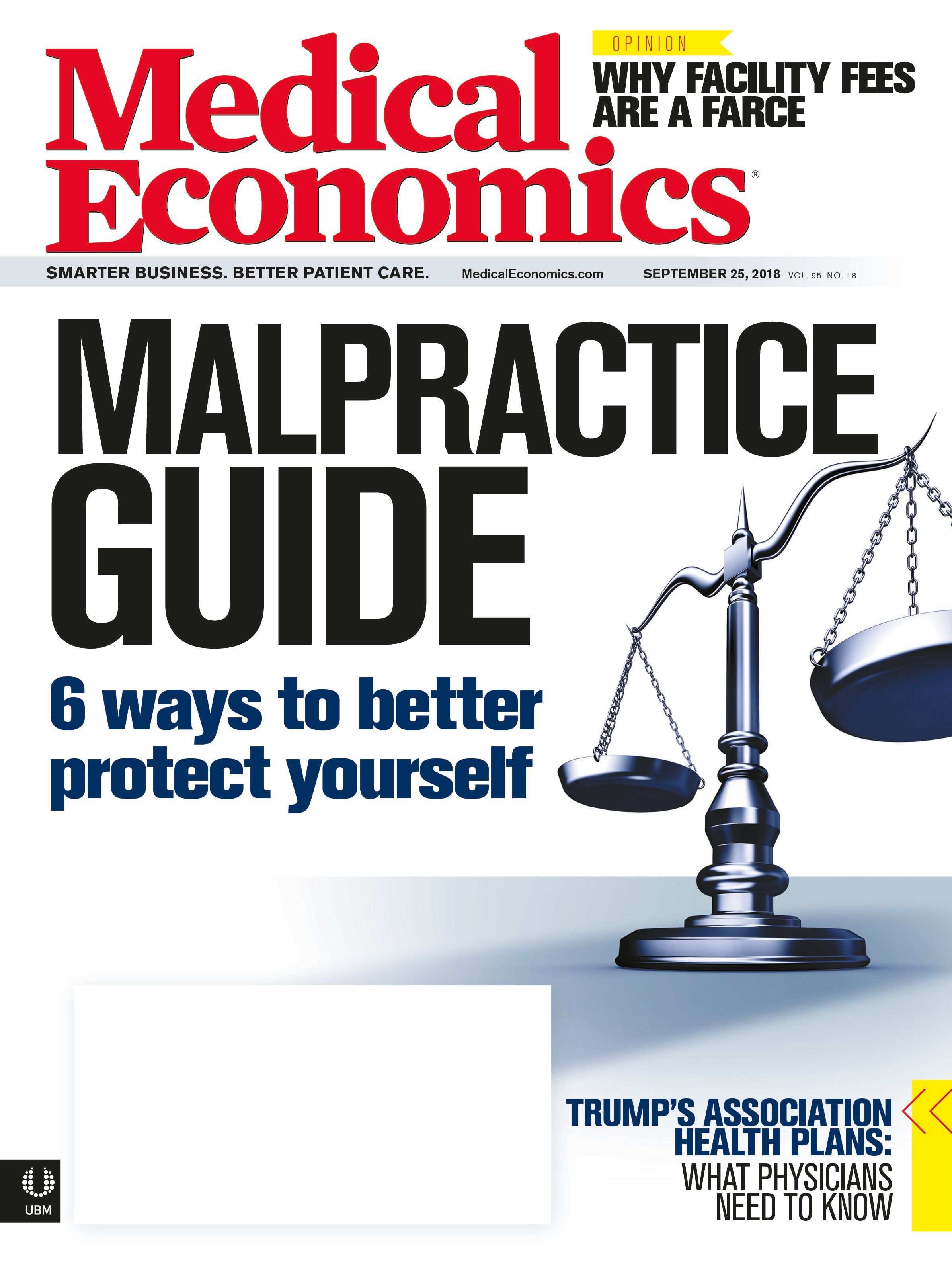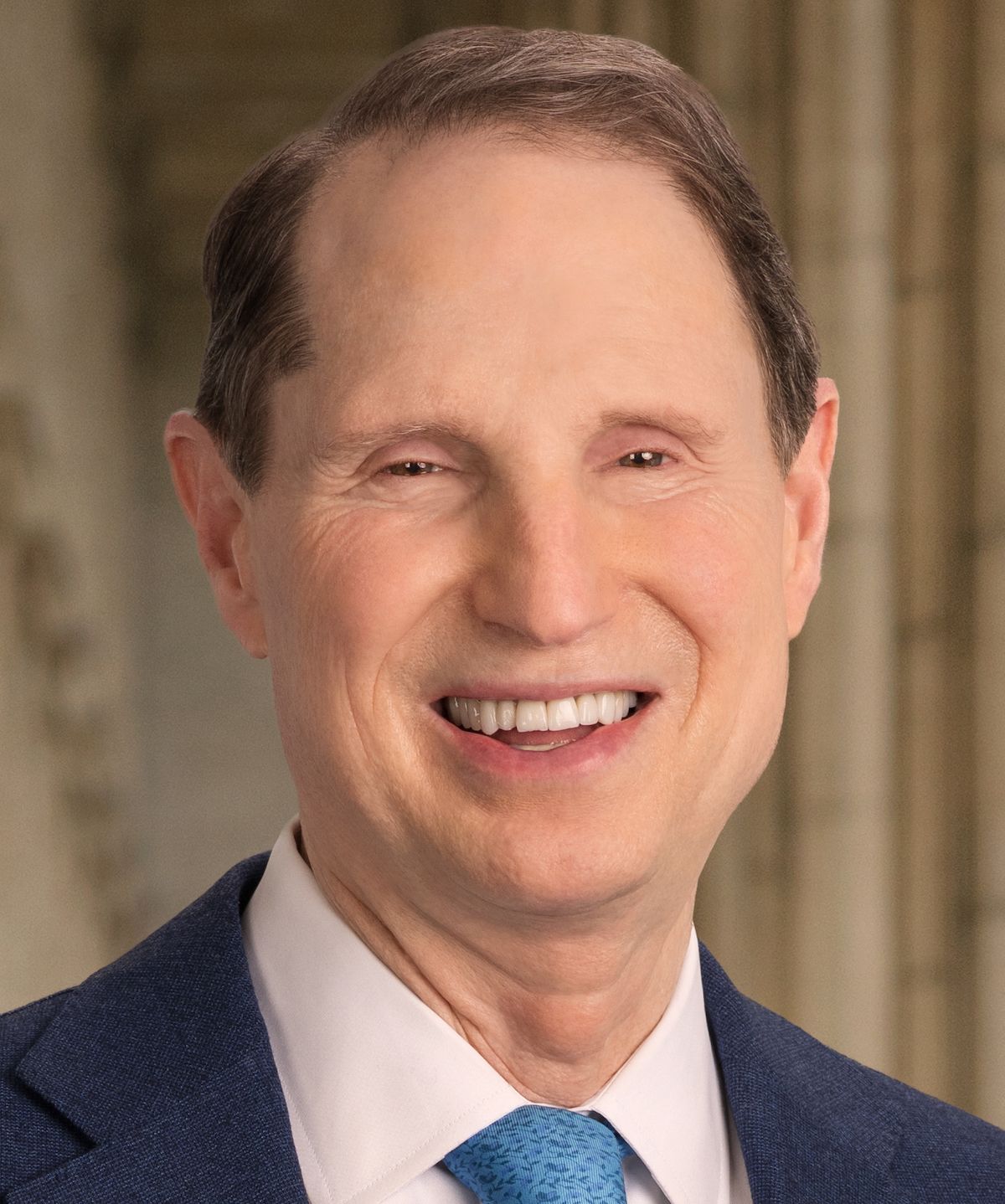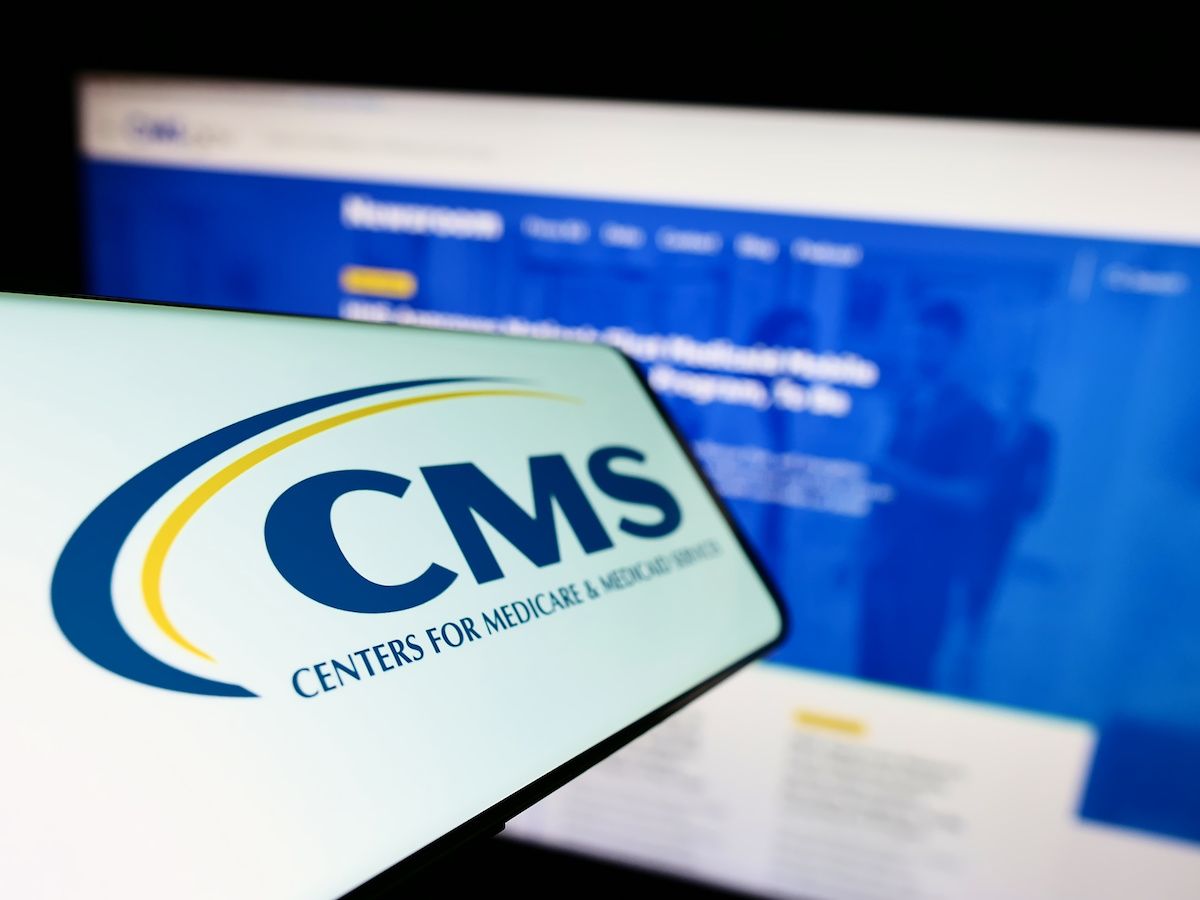Publication
Article
Medical Economics Journal
The quest to find affordable insulin for patients
Author(s):
9 strategies physicians can use to help their patients with diabetes improve access to this vital medication.
Nearly every day, Justen Rudolph, MD, has a conversation with a diabetic patient who is upset about the rising cost of insulin.
Just recently, the internal medicine specialist spoke with an 86-year-old patient who was very concerned about the price of the life-saving medication and worried because she was unable to get enough test strips covered under Medicare rules and guidelines.
It’s a discussion physicians are having more and more often with their diabetic patients-especially those who are uninsured or underinsured or have hit the “donut hole” in the Medicare Part D program-as a result of the skyrocketing prices of insulin. “We’ve seen retail costs go up 250 percent in the last 10 years,” says Rudolph, director of St. Vincent Diabetes Center in Billings, Mont.
As a result, some patients who can’t afford insulin will underuse it to stretch out the medication, Rudolph says, a dangerous practice that can lead to serious, long-term complications, including kidney failure, blindness, and lower-limb amputations. A study published in July in Diabetes found that one in four patients at Yale Diabetes Center reported cost-related insulin underuse that was associated with poor glycemic control.
“It’s a horrible situation,” says Hayward Zwerling, MD, FACP, an endocrinologist at the Lowell Diabetes & Endocrine Center in North Chelmsford, Mass. Zwerling says 90 percent of his patients use insulin, so he personally spends much of his time on the websites of health insurance companies trying to determine which type of insulin they will cover and how much it will cost his patients. But the information isn’t always up to date and he frequently finds out later from patients their prescription isn’t covered.
So what can physicians do to ensure their patients are able to find affordable insulin? Consider these strategies that internal medicine physicians, endocrinologists, and physician practices have used to ensure their diabetic patients get the insulin they need:
Send patients to Walmart
Walmart sells one of the most affordable insulins on the market, a godsend for uninsured patients or those with high-deductible health plans, says David M. Nathan, MD, director of the MGH Diabetes Center and Clinical Research Center in Boston. The retailer sells ReliOn, its store-brand version of Novo Nordisk’s Novalin for $25 a vial and in many states doesn’t require a prescription. Nathan says it’s an older generation of insulin that many doctors are unaware of because drug manufacturers spend more money advertising newer, longer-acting insulins.
Jeremy A. Greene, MD, PhD, associate professor of history of medicine at the Johns Hopkins University School of Medicine, who also practices internal medicine at the East Baltimore Medical Center in Maryland, says many of his patients with Type 1 diabetes depend on the insulin Walmart sells even though it is short-acting and thus requires more than one dose a day. The problem, he says, is that the retail chain could discontinue the program at any time and patients need to live near enough to a Walmart to be able to purchase the medication.
Use a website to find the best prices for medication
Yul D. Ejnes, MD, MACP, an internist at Coastal Medical Inc. in Providence, R.I., is a fan of GoodRX.com. The website has a tool that allows patients and physicians to find out the cost of a medication within their geographical area, which pharmacies have it, and it will even link to a discount coupon for the prescription if available.
“It’s a wonderful tool for that situation where a patient is going to have to pay out of pocket,” he says.
Check whether the drug company has discount cards or coupons
For patients with commercial insurance, Coastal Medical will also check to see if manufacturer coupons are available for insulin, according to Sarah Thompson, PharmD, the practice’s director of clinical services. If available, a coupon can lower the cost of the patient copay to $20 or in some cases to zero she says.
However, patients who don’t have insurance or are covered by Medicare and/or Medicaid can’t take advantage of discount cards or coupons due to a federal rule, notes Rudolph.
“It makes zero sense to me. People on fixed incomes who need the help the most are the ones who can’t use discount cards,” he says.
Look across the border
Insulin is far less expensive in other countries. Irl B. Hirsch, MD, professor of medicine at the University of Washington Medical Center-Roosevelt in Seattle, Wash., says his patients can take a two-hour drive to the Canadian border and purchase insulin for a tenth of what it costs in the U.S.
But realistically that option is available only to those who live near the border with Canada or Mexico, because it’s illegal to mail insulin internationally. But Hirsch says that his patients can buy insulin at a Canadian pharmacy and take it over the border as long as the insulin is for their use or for a family member.
Explore patient assistance programs
Some drug manufacturers offer assistance to patients who don’t have prescription drug coverage and who meet certain income and eligibility requirements. In some cases the patient may receive medication at no cost, explains Thompson. She says Coastal Medical’s pharmacy technician team helps patients who can’t afford their insulin with the application process.
Ejnes also recommends that physicians suggest that patients explore the website Needymeds.org to find out what programs may be available to help them afford insulin. Patients who are computer literate can do a lot of the legwork themselves to see if they meet the income requirements, he says.
Hand out samples
Pharmaceutical companies typically provide physician practices with samples of newer medications they want to sell.
Claresa S. Levetan, MD, takes advantage of this practice to give patients drugs at no cost. Levetan, who specializes in endocrinology, diabetes and metabolism, and internal medicine at Jefferson Health Endocrinology in Philadelphia, says it’s not unusual for patients to ask for samples because they can’t afford the out-of-pocket costs.
Encourage patients to form relationships with community or retail pharmacists
For practices that don’t have a lot of resources, Ejnes suggests that they encourage patients to get to know the pharmacists at the place where they get their medications. Ejnes says that they may be able to guide patients to less expensive options under their insurance plans because they have access to the different payers’ formularies.
Develop formulary information to head off prior authorizations
It’s frustrating for physicians when what they think is the best medication for a patient isn’t covered by the patient’s insurance, thus triggering a prior authorization request.
To help streamline the prior authorization process, Coastal Medical’s pharmacy technician team has researched the most common insurers that cover their patients and created a preferred formulary list for physicians. This way they can prevent patients from delays due to the need for a prior authorization or step therapy, Thompson says.
However, “part of what makes this difficult is that formularies change frequently. Patients often experience multiple medication conversions, sometimes year after year. This makes medication adherence challenging,” she says.
Elbert Huang, MD, MPH, professor of medicine and director of the Center for Chronic Disease Research and Policy at the University of Chicago, says because each health plan has its own preferred insulin analog, and that plan may change year to year, he talks with his patients about the problem.
If patients agree to use the drug preferred by their prescription drug plan, Huang will prescribe it. For those patients who don’t want to change medications, he explains that he’ll have to go through a prior authorization process that will take time and may not be approved.
Educate patients about the importance of diabetes management
Thompson would like insurers to provide incentives, such as reduced costs for testing supplies or medications, to patients with diabetes if they attend classes or work with a care manager or diabetes educator. “I think programs that empower patients and give them a tangible benefit might be one additional strategy” for patients to better manage the disease, she says.
Levetan also recommends that physicians focus on patients’ pre-diabetes so they can reduce the risk of the disease progressing. This requires physicians to start educating patients who have higher than normal blood glucose levels before they develop diabetes.
But she also suggests educating children about the disease.
“Our healthcare system still hasn’t focused on prevention of disease too well,” Levetan says, noting that the number of children with Type 2 diabetes is on the rise. Teaching children about healthy lifestyles at office visits and in schools could make a big difference in preventing diabetes, she says.






